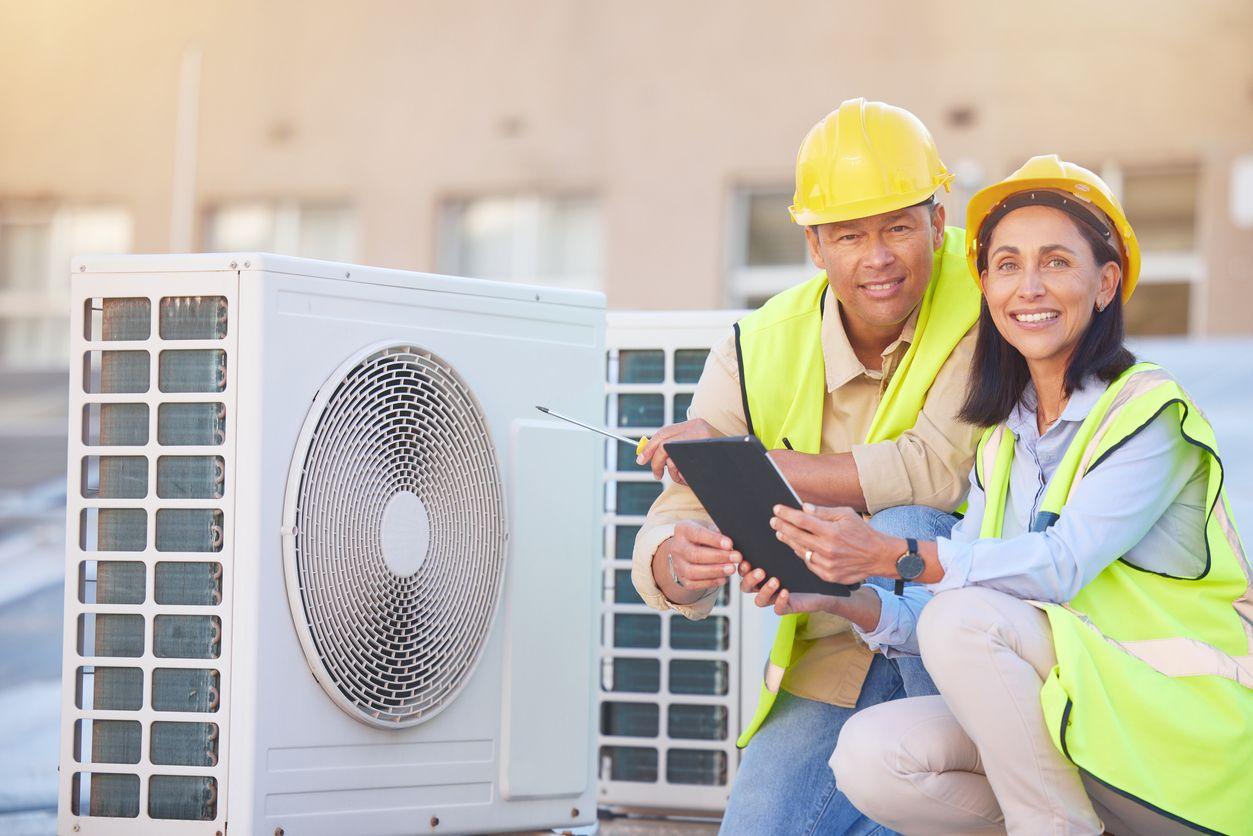

Articles
How Many HVAC Contractors Are There In The Us
Modified: December 7, 2023
Discover the latest articles on the number of HVAC contractors in the US and gain valuable insights into the industry. Stay informed with the most up-to-date statistics and trends.
(Many of the links in this article redirect to a specific reviewed product. Your purchase of these products through affiliate links helps to generate commission for Storables.com, at no extra cost. Learn more)
Introduction
The HVAC (Heating, Ventilation, and Air Conditioning) industry plays a crucial role in keeping our homes, offices, and public spaces comfortable and livable. HVAC contractors are responsible for the design, installation, maintenance, and repair of heating and cooling systems. With the increasing demand for energy-efficient and sustainable solutions, the HVAC industry has witnessed significant growth in recent years.
In the United States, the HVAC sector is a thriving industry, serving millions of residential, commercial, and industrial clients. From homes to large-scale construction projects, HVAC contractors are essential in ensuring the proper functioning of heating, ventilation, and air conditioning systems.
With the importance of HVAC systems to our daily lives, it’s natural to wonder how many HVAC contractors are there in the US. In this article, we delve into the dynamics of the HVAC industry and explore the factors influencing the number of contractors in the country.
By understanding the current state of the industry and the challenges faced by HVAC contractors, we can gain valuable insights into the growth prospects and future trends of this vast and vital sector.
Key Takeaways:
- The HVAC industry in the US is thriving, with tens of thousands, if not hundreds of thousands, of contractors meeting the demand for energy-efficient solutions, advanced technology, and improved indoor air quality.
- Despite challenges like a competitive market and skilled labor shortage, HVAC contractors have promising growth prospects, especially in retrofitting, commercial projects, and maintenance services, positioning them for continued success.
Read more: What Is A HVAC Contractor
Overview of the HVAC industry in the US
The HVAC industry in the United States is a multi-billion dollar sector that encompasses a wide range of services related to heating, ventilation, and air conditioning. From residential HVAC installations to commercial HVAC system maintenance, the industry provides vital solutions for temperature control and air quality management.
The demand for HVAC services continues to rise due to several factors. First and foremost, HVAC systems are essential for maintaining comfort in homes, offices, hospitals, schools, and other establishments. With extreme weather conditions and changing climate patterns, the need for reliable HVAC systems has become even more critical.
Furthermore, energy efficiency regulations and environmental concerns have pushed for the development of more advanced and sustainable HVAC technologies. This has led to an increased focus on energy-efficient systems, such as heat pumps, geothermal systems, and ductless mini-split systems.
The HVAC industry is also influenced by advancements in technology and digitalization. Smart thermostats, remote monitoring systems, and IoT (Internet of Things) integration have transformed the way HVAC systems are controlled and managed. These innovations provide improved energy management and operational efficiency.
Additionally, the HVAC industry is a significant contributor to the economy, providing numerous job opportunities. HVAC contractors, technicians, engineers, sales professionals, and manufacturers all contribute to the growth of the industry and play a crucial role in meeting the demand for HVAC services.
The competition within the HVAC industry is intense, with various contractors and companies vying for projects and contracts. HVAC contractors are required to be licensed and certified to ensure the quality and safety of their work. This ensures that consumers have access to skilled professionals who can provide reliable and efficient HVAC solutions.
Overall, the HVAC industry in the US is thriving, driven by the need for comfort, energy efficiency, and environmental sustainability. As the demand continues to grow, HVAC contractors play a vital role in meeting the needs of residential, commercial, and industrial customers across the country.
Factors influencing the number of HVAC contractors
The number of HVAC contractors in the United States is influenced by various factors that shape the demand and supply dynamics within the industry. Understanding these factors is crucial for gaining insights into the growth and expansion of the HVAC contractor workforce.
1. Population growth: The size of the population directly impacts the demand for HVAC services. As the population grows, the need for residential and commercial HVAC installations, repairs, and maintenance increases, thereby influencing the number of HVAC contractors required to meet this demand.
2. Construction activities: The construction industry plays a significant role in driving the demand for HVAC contractors. As new residential, commercial, and industrial buildings are constructed, HVAC systems need to be installed. The level of construction activity in a region directly affects the need for HVAC contractors.
3. Geographic location: The climate and weather patterns in different regions influence the demand for HVAC systems and services. Areas with extreme temperatures or harsh climates require more robust HVAC systems and consequently, a higher number of contractors to design, install, and maintain those systems.
4. Technological advancements: The HVAC industry is constantly evolving with advancements in technology. New HVAC systems, smart thermostats, and energy-efficient solutions drive the demand for skilled contractors who can work with these new technologies. As the industry progresses, HVAC contractors need to stay updated with the latest trends and techniques.
5. Energy efficiency regulations: Government regulations aimed at reducing energy consumption and carbon emissions have a significant impact on the HVAC market. These regulations promote the use of energy-efficient HVAC systems and encourage consumers to upgrade their existing systems. This results in increased demand for HVAC contractors who can install and maintain these energy-efficient systems.
6. Economic factors: Economic conditions, such as GDP growth, consumer spending, and construction spending, have an indirect influence on the demand for HVAC services. During economic downturns, construction activity may decline, leading to a temporary decrease in the demand for HVAC contractors. Conversely, during periods of economic growth, construction activity and the need for HVAC services tend to increase.
7. Industry reputation: The reputation and credibility of HVAC contractors also impact their demand. Contractors with a track record of delivering high-quality work and excellent customer service are more likely to receive referrals and repeat business, leading to a higher number of projects and contracts.
By considering these factors, we can better understand the dynamics of the HVAC industry and the factors that influence the number of HVAC contractors in the United States. These insights can help stakeholders, including contractors, manufacturers, and policymakers, make informed decisions and adapt to the changing needs of the market.
Estimating the total number of HVAC contractors in the US
Estimating the total number of HVAC contractors in the United States can be a challenging task due to the decentralized nature of the industry. HVAC contractors can range from small, locally operated businesses to large national or regional companies. While there is no exact figure available, we can make an educated estimate based on various sources and industry trends.
One way to estimate the number of HVAC contractors is by looking at industry data and reports. Trade associations, such as the Air Conditioning Contractors of America (ACCA) and the Plumbing-Heating-Cooling Contractors Association (PHCC), provide valuable insights into the HVAC industry. These associations often conduct surveys and collect data on their members, which can give us a rough idea of the number of contractors operating in the country.
According to the Bureau of Labor Statistics (BLS), there were approximately 367,900 HVAC technicians in the United States as of May 2020. While not all HVAC technicians are independent contractors, this number can provide a baseline for estimating the total number of contractors. It’s important to note that these figures include employees working for HVAC companies, both large and small.
Another method of estimating the total number of HVAC contractors is by examining state-level licensing data. In many states, HVAC contractors are required to obtain licenses or certifications to operate legally. Analyzing the number of active licenses or certifications can give us an idea of how many licensed contractors are operating in each state. By extrapolating this data to a national level, we can estimate the total number of HVAC contractors in the US.
However, it’s important to consider that not all HVAC contractors are licensed, especially in states where licensing is not mandatory. Some contractors may operate without official certifications, while others may work under the umbrella of a licensed contractor.
Additionally, the number of HVAC contractors can vary significantly based on geographical location. More populous states, such as California, Texas, and Florida, are likely to have a higher number of contractors due to the larger customer base and higher demand for HVAC services.
While exact figures may be elusive, it is safe to say that there are tens of thousands, if not hundreds of thousands, of HVAC contractors operating in the United States. The industry’s robustness and continuous growth suggest a substantial workforce dedicated to providing HVAC services across the country.
Overall, estimating the total number of HVAC contractors is a complex task. By considering industry data, licensing information, and geographical factors, we can arrive at a reasonable estimate. However, it’s important to acknowledge that these estimates may vary and are subject to change as the HVAC industry continues to evolve.
The number of HVAC contractors in the US is estimated to be around 120,000, but this number can vary based on the source and the specific criteria used for classification.Regional distribution of HVAC contractors
The regional distribution of HVAC contractors in the United States can vary based on several factors, including population density, climate conditions, and economic activity. While it’s challenging to provide precise numbers, we can examine some general trends and observations regarding the distribution of HVAC contractors across different regions.
1. Northeast: The Northeast region, consisting of states like New York, Pennsylvania, Massachusetts, and Connecticut, has a high population density and a diverse range of climate conditions. This region is home to numerous HVAC contractors, serving both residential and commercial customers. The colder winters and humid summers in this area create a strong demand for heating and cooling services, leading to a higher concentration of HVAC contractors.
2. Southeast: The Southeast region, encompassing states like Florida, Georgia, North Carolina, and Alabama, experiences hot and humid weather for most of the year. This climate necessitates efficient cooling systems, making HVAC contractors in high demand. The region’s growing population, booming construction industry, and frequent need for HVAC repairs and maintenance contribute to a substantial number of contractors in this area.
3. Midwest: The Midwest, including states such as Ohio, Illinois, Indiana, and Michigan, has a mix of varying climates. Summers can be hot and humid, while winters can be extremely cold. This climate diversity leads to a balanced demand for both heating and cooling services. The region’s strong manufacturing and industrial sectors also create a need for HVAC contractors to provide services to commercial and industrial facilities.
4. Southwest: The Southwest region, comprising states like California, Arizona, Nevada, and Texas, is known for its dry and hot climate, especially in desert areas. The high demand for air conditioning to combat the scorching temperatures contributes to a significant presence of HVAC contractors in this region. Additionally, the rapid population growth, new construction projects, and a focus on energy efficiency drive the need for HVAC services.
5. West: The Western region, consisting of states like Washington, Oregon, Colorado, and Utah, has diverse climate conditions, ranging from coastal regions to mountainous areas. This variation in climate creates a demand for both heating and cooling services. The region’s emphasis on sustainability, green building practices, and energy efficiency also contributes to a strong presence of HVAC contractors.
It’s important to note that the regional distribution of HVAC contractors can also be influenced by local regulations, licensing requirements, and economic factors. For example, densely populated urban areas are likely to have a higher concentration of contractors compared to rural or remote areas.
In summary, the distribution of HVAC contractors varies across different regions in the United States, influenced by factors such as climate, population density, economic activity, and local regulations. Understanding these regional dynamics can help consumers and businesses alike in finding and engaging HVAC contractors that are well-versed in meeting the specific climate and service needs of their respective areas.
Read more: How Many Construction Sites In The US
Challenges faced by HVAC contractors in the US
HVAC contractors in the United States face various challenges in their day-to-day operations. These challenges can impact their ability to deliver high-quality services, meet customer expectations, and run a successful business. Understanding these challenges is crucial for both HVAC contractors and consumers. Let’s take a closer look at some of the common challenges faced by HVAC contractors in the US.
1. Highly competitive market: The HVAC industry is highly competitive, with numerous contractors vying for projects and contracts. Large national companies, as well as smaller local businesses, compete for the same customers. This competition puts pressure on contractors to differentiate themselves through quality work, customer service, and competitive pricing.
2. Skilled labor shortage: Finding skilled HVAC technicians can be challenging for contractors. The industry faces a shortage of trained and experienced professionals, leading to difficulties in recruiting and retaining talent. As a result, contractors may struggle to meet the demand for their services and carry out projects efficiently.
3. Evolving technology: The HVAC industry continuously evolves with advancements in technology. Keeping up with these changes and acquiring the skills necessary to work with new HVAC systems and equipment can be a challenge for contractors. Constant learning and staying updated with the latest trends and innovations are essential to remain competitive in the market.
4. Regulatory compliance: HVAC contractors must navigate a complex web of regulations and licensing requirements. Compliance with these regulations, including obtaining the necessary licenses and certifications, can be time-consuming and costly. Failure to comply with regulations can result in penalties and legal issues, making it crucial for contractors to stay updated and ensure compliance.
5. Seasonal fluctuations: The HVAC industry experiences seasonal fluctuations in demand. HVAC contractors typically see a higher workload during peak seasons, such as the summer and winter months, when heating and cooling systems are most in use. Managing manpower, equipment, and resources during these periods can be challenging, requiring efficient scheduling and planning.
6. Rising material costs: HVAC contractors face the challenge of managing the rising costs of materials and equipment. Fluctuations in raw material prices, including copper, steel, and refrigerants, can impact project costs and profit margins. Contractors must find a balance between providing competitive pricing to customers and ensuring their own profitability.
7. Customer expectations: Customers have high expectations when it comes to HVAC services. They expect prompt and efficient service, easy scheduling, transparent pricing, and reliable support. Meeting and exceeding these expectations can be challenging for contractors, as they must consistently deliver quality workmanship and exceptional customer service.
Addressing these challenges requires HVAC contractors to adapt and innovate. Investing in ongoing training and development, leveraging technology to streamline operations, fostering strong customer relationships, and finding creative solutions to labor shortages are all critical steps in overcoming these challenges.
By acknowledging and proactively addressing these challenges, HVAC contractors can position themselves for success in a competitive market, provide exceptional services to their customers, and contribute to the growth and advancement of the HVAC industry in the United States.
Growth prospects for HVAC contractors in the US
HVAC contractors in the United States can expect promising growth prospects in the coming years. Several factors contribute to the positive outlook for the HVAC industry, presenting new opportunities for contractors to expand their businesses and thrive in a rapidly evolving market.
1. Increasing demand for energy-efficient solutions: With a growing emphasis on sustainability and energy conservation, there is a rising demand for energy-efficient HVAC systems. HVAC contractors who can offer and install eco-friendly solutions, such as energy-efficient heat pumps, smart thermostats, and solar-powered HVAC systems, are well-positioned to capitalize on this trend.
2. Advancements in technology: Technology continues to drive innovation in the HVAC industry, providing contractors with new tools and capabilities. Smart HVAC systems and IoT integration allow for remote monitoring, predictive maintenance, and customized temperature control. HVAC contractors who adopt and leverage these technological advancements can enhance their service offerings and gain a competitive edge.
3. Focus on indoor air quality: The COVID-19 pandemic has heightened awareness about indoor air quality and the importance of clean and healthy environments. This focus on air quality presents opportunities for HVAC contractors to provide solutions like air purifiers, ventilation systems, and air quality testing. Meeting the growing demand for improved indoor air quality can lead to continued growth for contractors.
4. Retrofitting and system upgrades: Many existing buildings and homes in the US have outdated HVAC systems that are inefficient and consume excessive energy. This presents an opportunity for HVAC contractors to offer retrofitting and system upgrade services. By upgrading old systems with new energy-efficient technologies, contractors can help customers reduce their energy costs and improve comfort levels.
5. Commercial and industrial sectors: The commercial and industrial sectors provide ample opportunities for HVAC contractors. As businesses expand and new construction projects emerge, the need for HVAC design, installation, and maintenance services increases. Specializing in commercial and industrial HVAC systems can open doors to lucrative contracts and long-term partnerships.
6. Aging workforce and retirement: The HVAC industry, like many others, faces an aging workforce nearing retirement. This presents a significant opportunity for a new generation of HVAC contractors to enter the market and fill the gap. Younger professionals can bring fresh ideas, technological proficiency, and a renewed focus on customer service to the industry.
7. Increasing focus on maintenance and service: Preventive maintenance and regular servicing are crucial for extending the lifespan and ensuring the optimal performance of HVAC systems. More customers are recognizing the value of regular maintenance, creating a growing demand for HVAC contractors who can offer maintenance contracts and service agreements. This presents a recurring revenue stream for contractors and opportunities for long-term customer relationships.
By staying abreast of industry trends, investing in training and technological advancements, and adapting to changing customer needs, HVAC contractors can capitalize on these growth prospects. Building a reputation for quality work, excellent customer service, and energy-efficient solutions will position contractors for continued success and expansion in the dynamic HVAC market in the United States.
Conclusion
The HVAC industry in the United States is a thriving sector that provides essential heating, ventilation, and air conditioning services to residential, commercial, and industrial clients. HVAC contractors play a crucial role in ensuring the comfort, energy efficiency, and indoor air quality of homes and buildings across the country.
While the exact number of HVAC contractors in the US is difficult to determine, it is clear that there are tens of thousands, if not hundreds of thousands, of contractors operating in the industry. These contractors face various challenges, such as a competitive market, skilled labor shortage, evolving technology, and regulatory compliance.
However, despite these challenges, the future looks promising for HVAC contractors. The increasing demand for energy-efficient solutions, advancements in technology, focus on indoor air quality, retrofitting and system upgrades, the commercial and industrial sectors, the aging workforce, and the importance of maintenance and service all contribute to the growth prospects of HVAC contractors.
To thrive in this dynamic industry, HVAC contractors must adapt to changing trends, invest in ongoing training, leverage technology, and provide exceptional customer service. By doing so, contractors can position themselves for success, expanding their businesses and capitalizing on the opportunities presented by a growing market.
In conclusion, the HVAC industry in the United States, with its dedicated contractors and evolving technologies, is poised for continued growth and innovation. By meeting the challenges and capitalizing on the prospects, HVAC contractors will continue to play a vital role in providing comfortable and sustainable environments for customers throughout the country.
Frequently Asked Questions about How Many HVAC Contractors Are There In The Us
Was this page helpful?
At Storables.com, we guarantee accurate and reliable information. Our content, validated by Expert Board Contributors, is crafted following stringent Editorial Policies. We're committed to providing you with well-researched, expert-backed insights for all your informational needs.
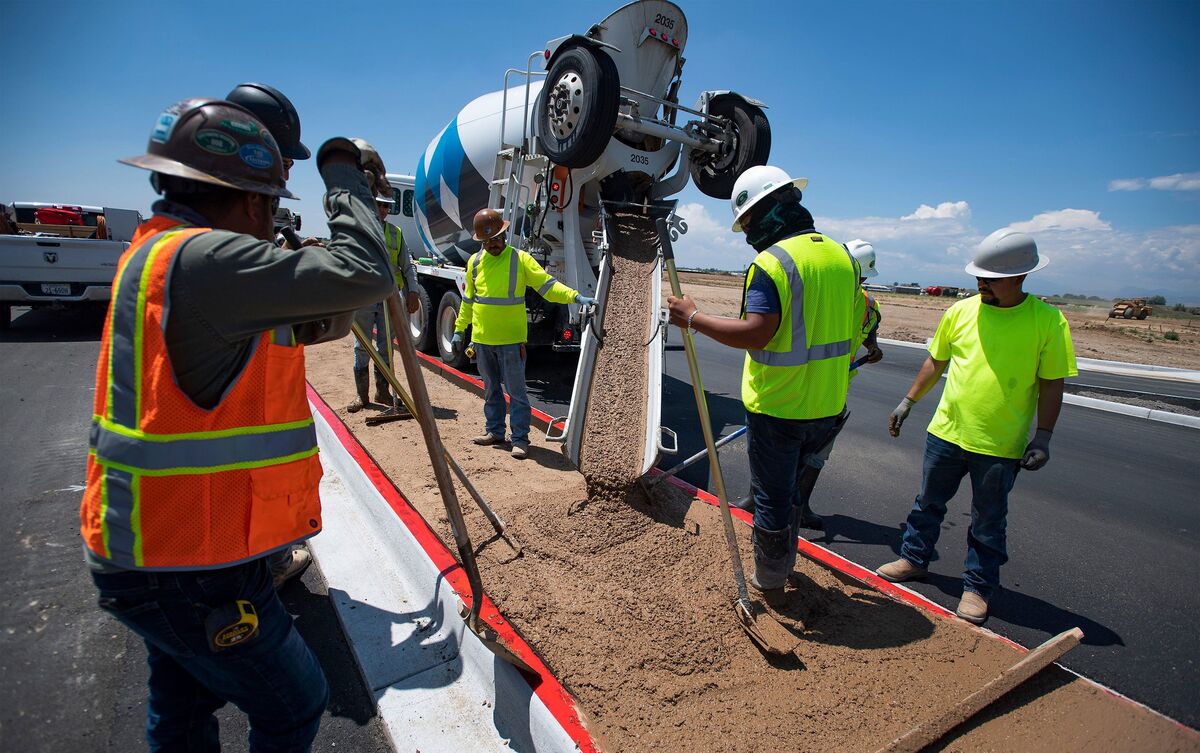



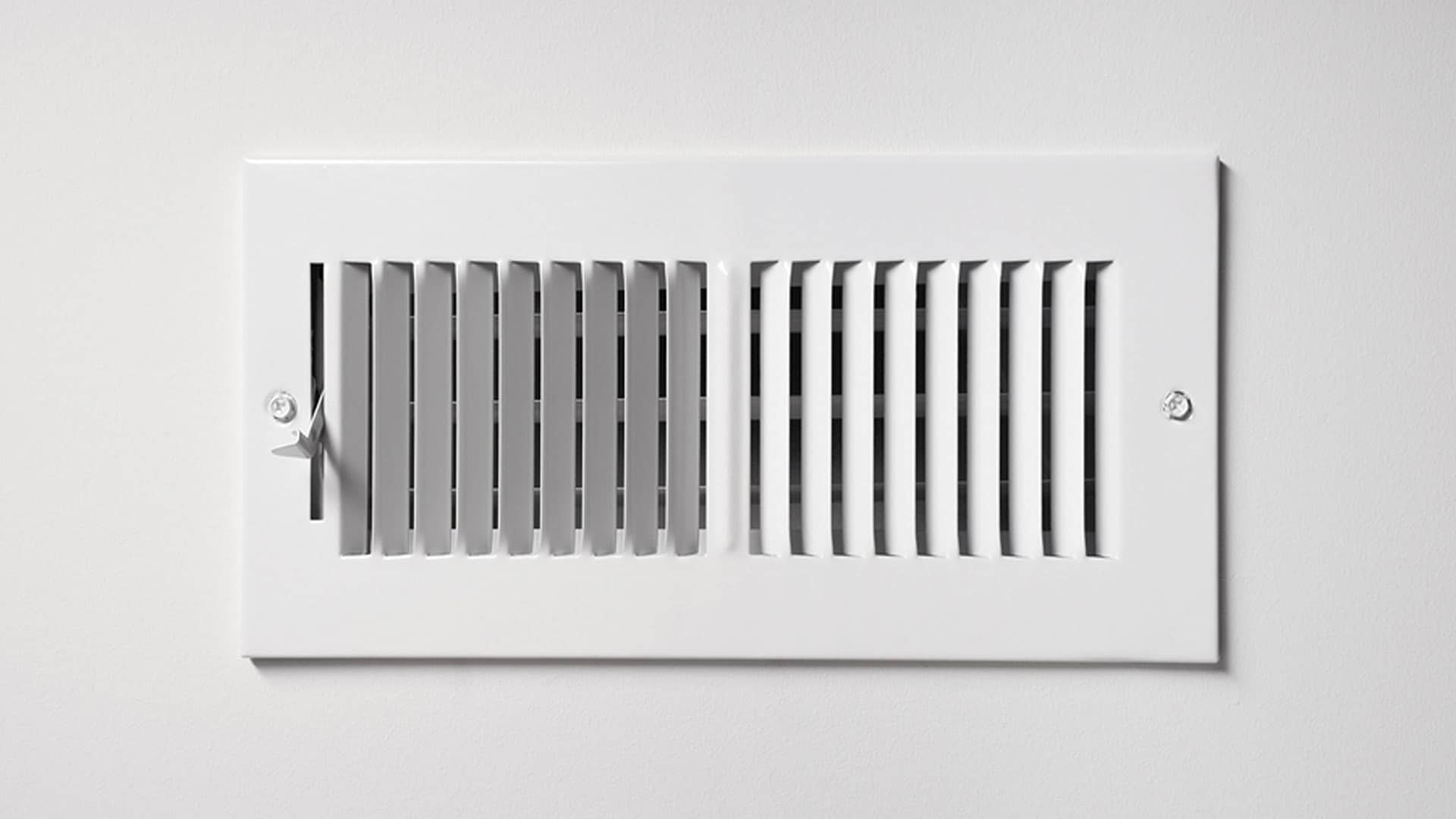
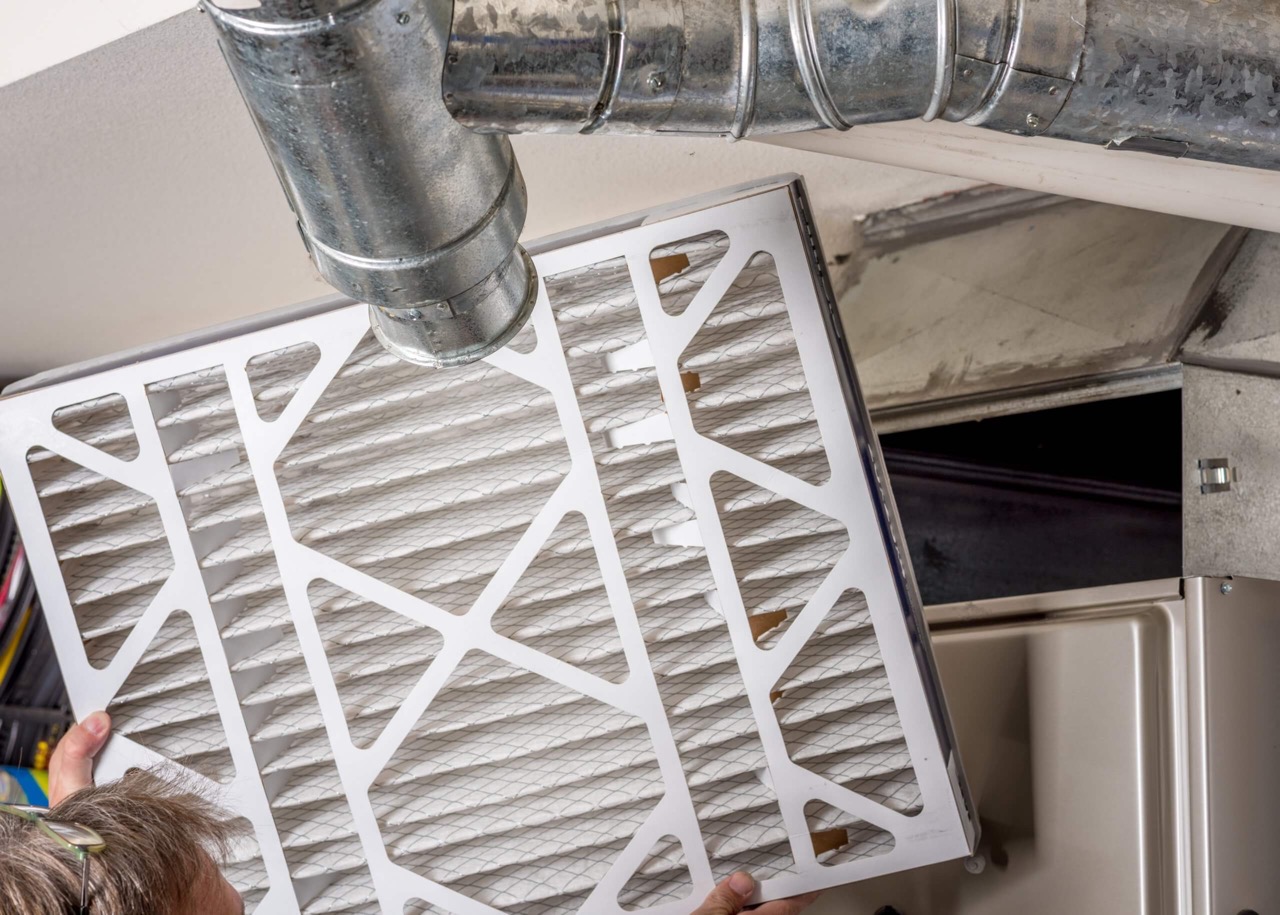



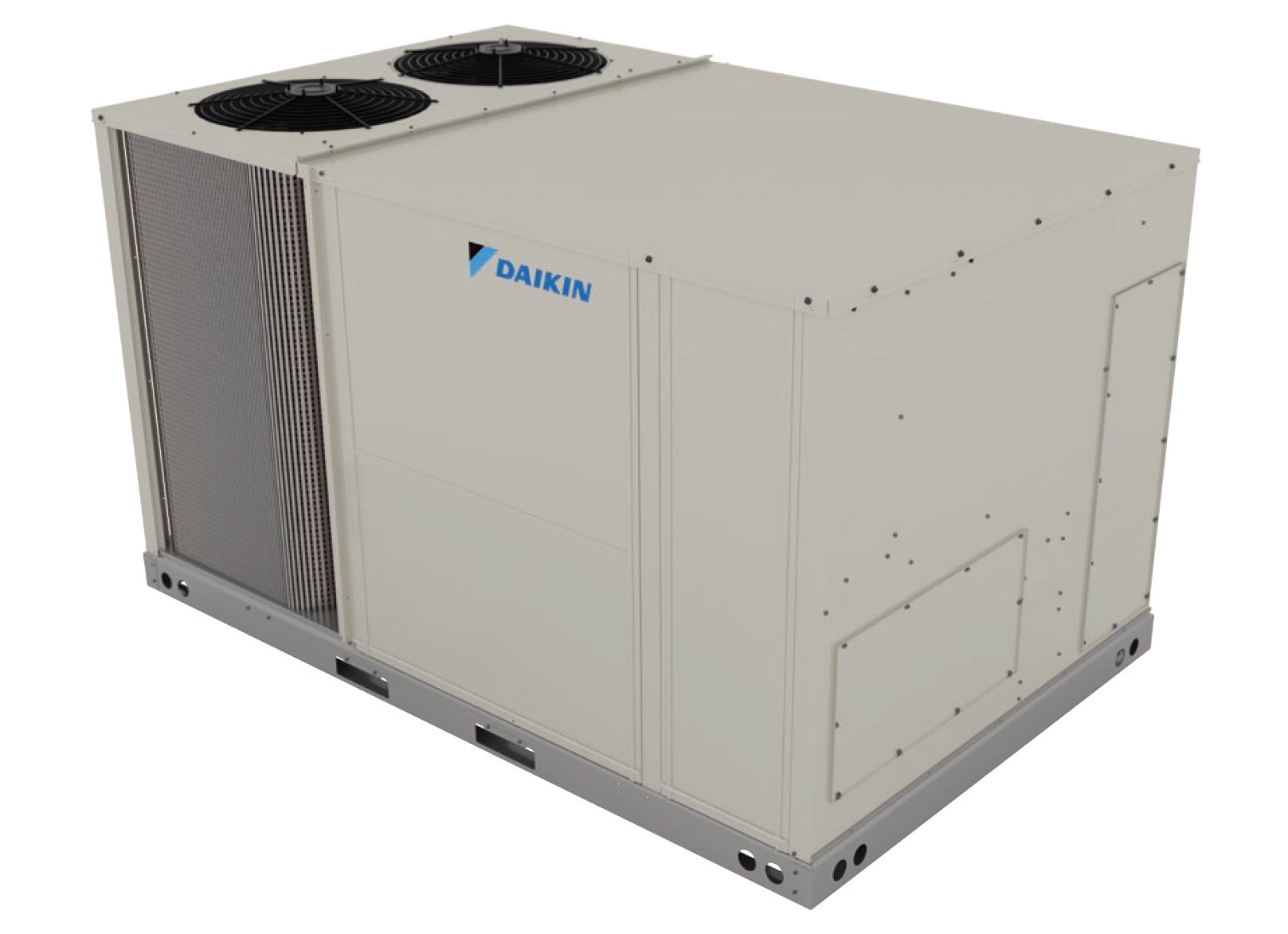

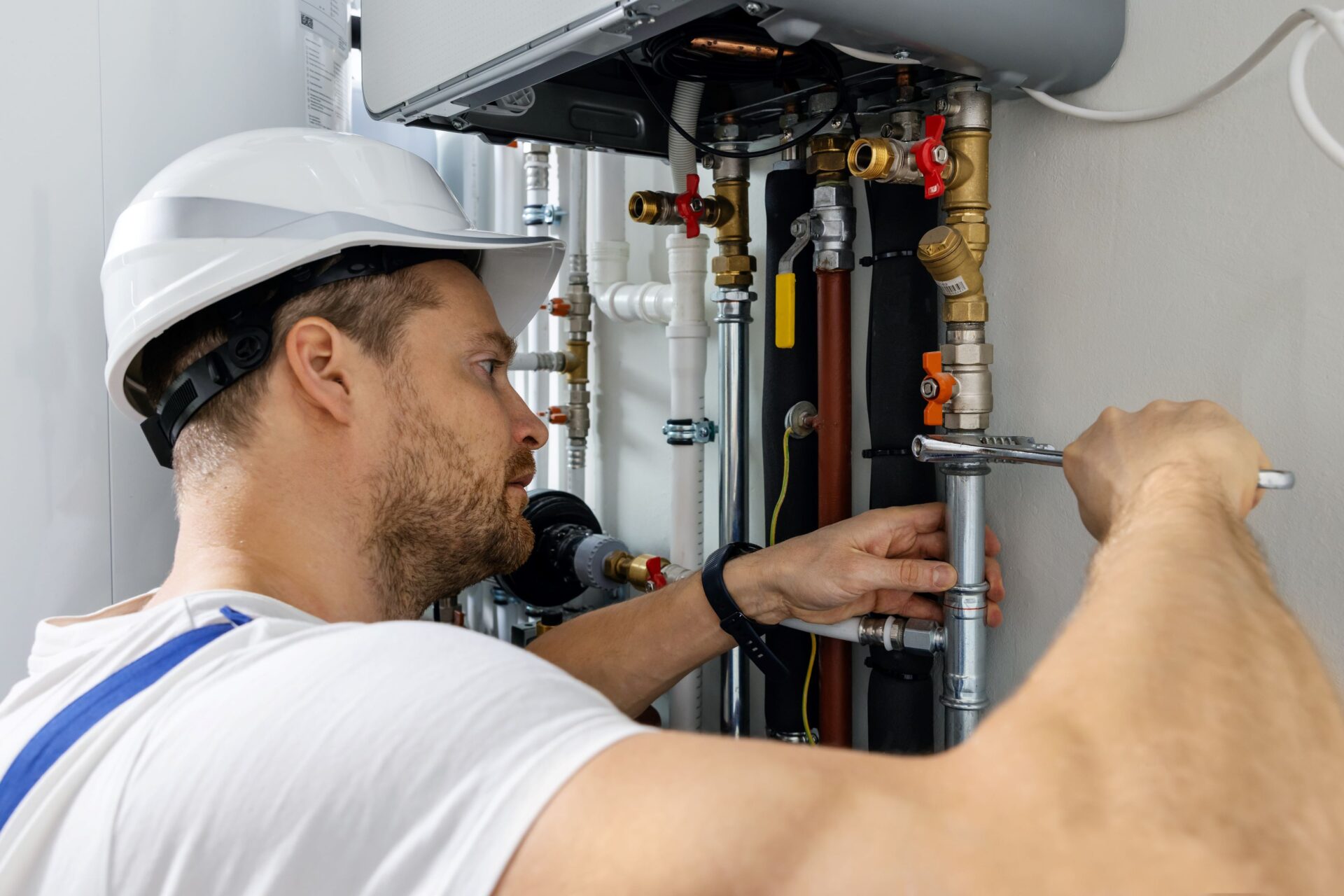



0 thoughts on “How Many HVAC Contractors Are There In The Us”